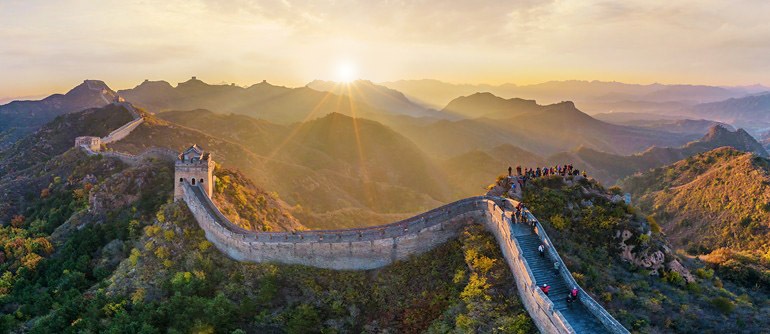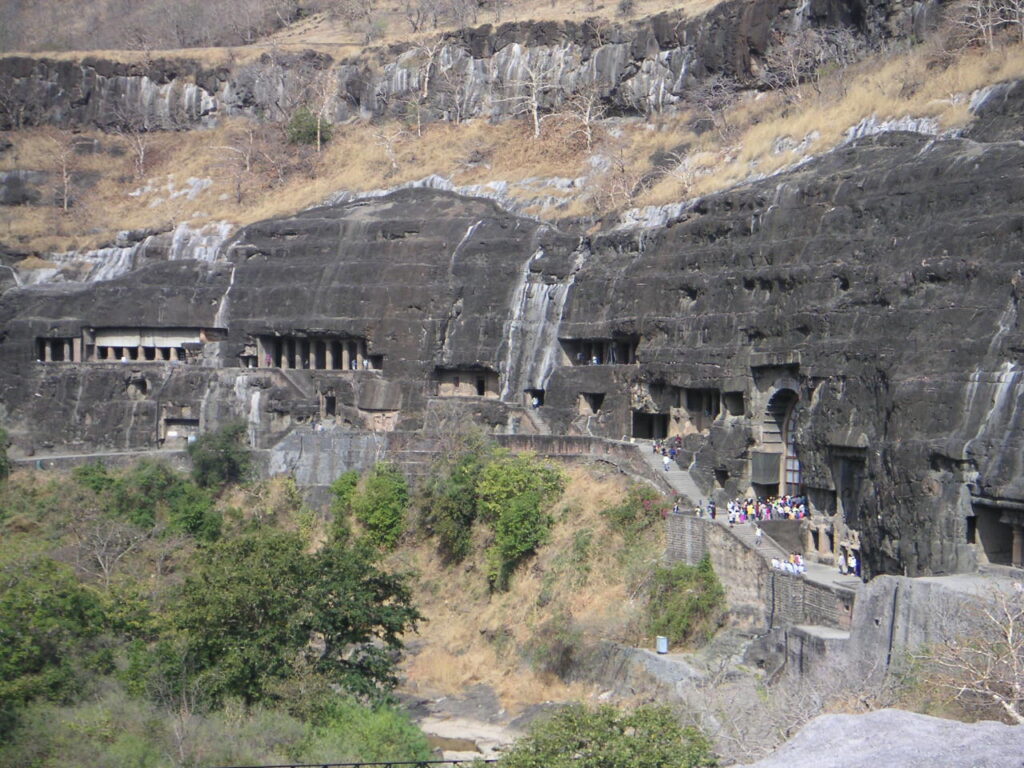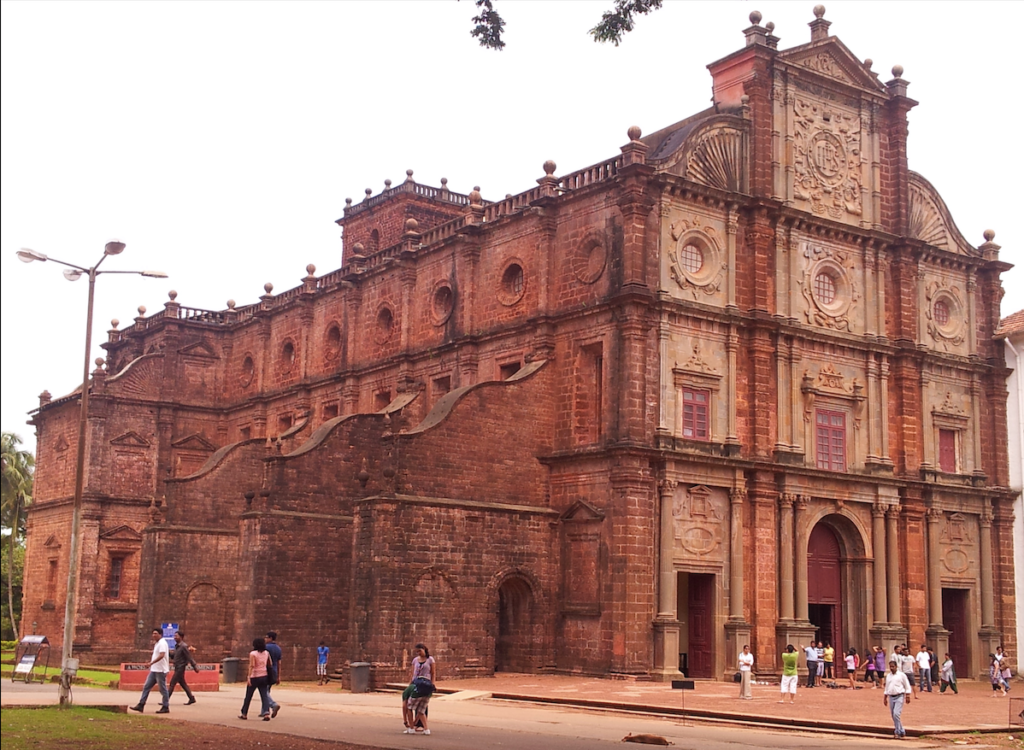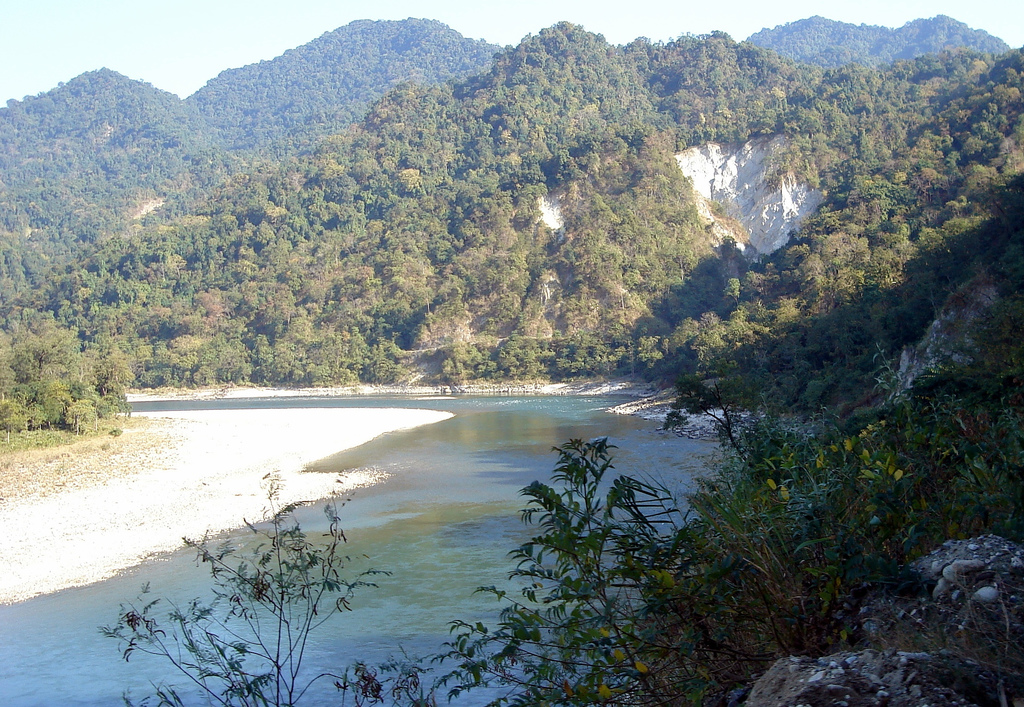Introduction: The Great Wall of China stands as a testament to human ingenuity, perseverance, and the power of unity. Stretching over thousands of kilometers across rugged terrain, this ancient marvel has captured the imagination of people worldwide for centuries. In this exploration, we delve into the multifaceted significance of the Great Wall, examining its historical, engineering, and cultural dimensions.
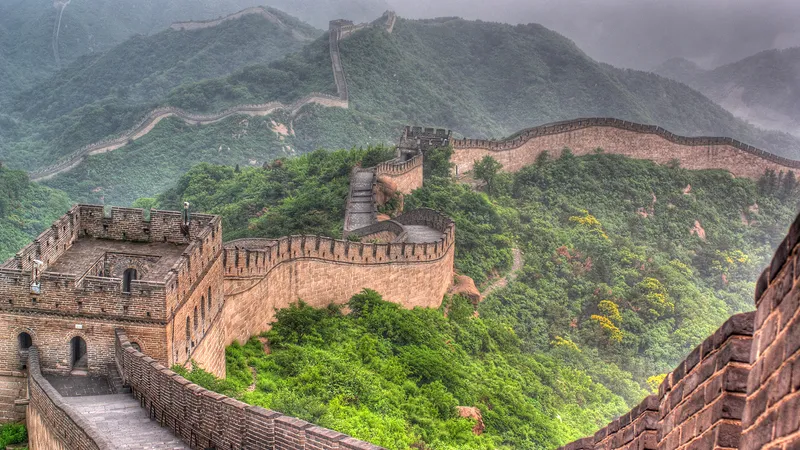
- Historical Significance: The origins of the Great Wall date back over two millennia, with construction efforts initiated during the reign of the First Emperor of China, Qin Shi Huang, around 220-206 BCE. Initially built as a series of separate fortifications, subsequent dynasties further expanded and reinforced the wall to defend against invasions from nomadic tribes in the north.
- Qin Dynasty: The establishment of the Qin Dynasty marked the beginning of large-scale construction of defensive walls along China’s northern borders. The purpose was to protect against the incursions of the Xiongnu nomads.
- Ming Dynasty: During the Ming Dynasty (1368-1644 CE), the Great Wall underwent extensive renovation and expansion. It was during this period that the iconic brick and stone structure that we recognize today began to take shape. The Ming rulers bolstered the wall’s defenses with watchtowers, garrison stations, and beacon towers.
- Symbol of Unity and Authority: Beyond its military function, the Great Wall symbolized the might and unity of the Chinese empire. It served as a physical manifestation of imperial power and authority, asserting China’s dominance over its vast territory.
- Engineering Marvel: The construction of the Great Wall required immense resources, manpower, and innovative engineering techniques. It stands as a remarkable feat of ancient engineering, showcasing the ingenuity of the craftsmen and laborers who built it.
- Materials and Techniques: Builders utilized a variety of materials, including bricks, stones, earth, and wood, depending on the terrain and resources available. The use of rammed earth and brickwork allowed for the creation of durable and resilient structures.
- Strategic Design: The Great Wall was strategically positioned along natural barriers such as mountain ranges, rivers, and plateaus, maximizing its defensive capabilities. The inclusion of watchtowers, battlements, and gates provided additional layers of protection and facilitated communication and troop movements along the wall.
- Longevity and Endurance: Despite centuries of exposure to the elements and occasional conflicts, significant sections of the Great Wall have withstood the test of time. Its enduring presence serves as a testament to the craftsmanship and foresight of its builders.
- Cultural Heritage: Beyond its military and engineering significance, the Great Wall of China holds profound cultural importance for the Chinese people and the world at large. It embodies a rich tapestry of history, folklore, and national identity.
- UNESCO World Heritage Site: In 1987, the Great Wall was designated as a UNESCO World Heritage Site, recognizing its universal value as a cultural landmark. It remains one of the most visited tourist attractions in the world, drawing millions of visitors annually.
- Inspiration for Art and Literature: The Great Wall has inspired countless works of art, literature, and poetry throughout history. Its imposing presence and storied past have captured the imagination of artists, writers, and filmmakers, both in China and abroad.
- Symbol of Resilience: The Great Wall serves as a symbol of resilience and endurance, reflecting the indomitable spirit of the Chinese people. It has weathered countless storms, wars, and dynastic changes, yet it continues to stand as a monument to human determination and perseverance.
Conclusion: The Great Wall of China stands as a testament to the enduring legacy of one of the world’s oldest civilizations. Its historical, engineering, and cultural significance transcend borders and generations, inspiring awe and admiration in all who behold it. As a symbol of unity, strength, and resilience, the Great Wall continues to captivate the imagination and remind us of the remarkable achievements that humanity is capable of when we work together towards a common goal.

